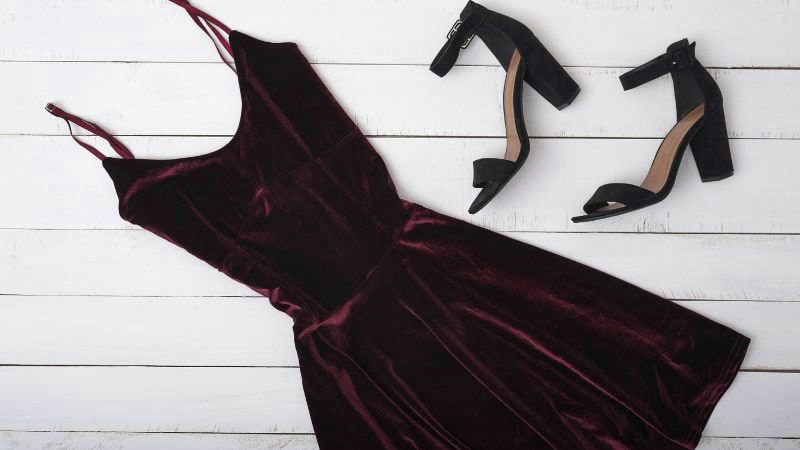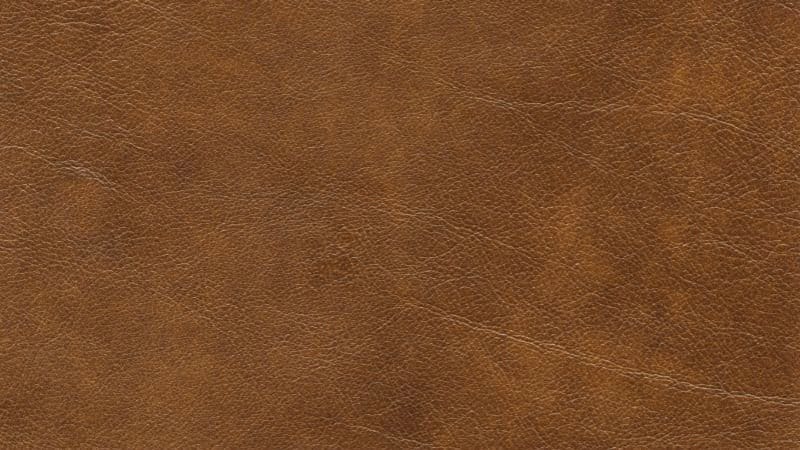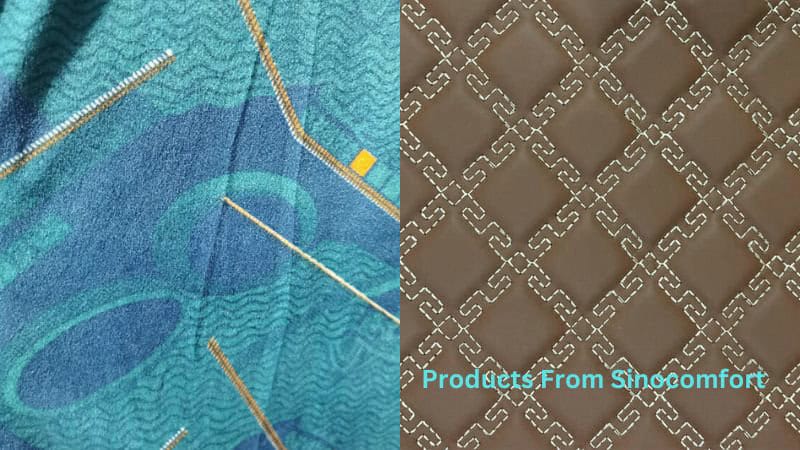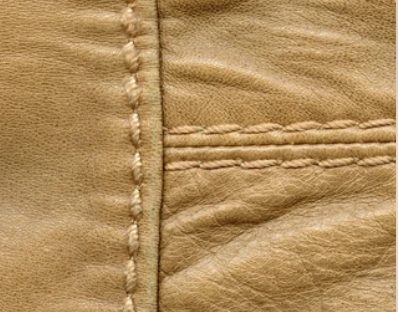In this article, we will explore the various materials used in its production and the different types of velvet available. By understanding the intricacies of this beloved fabric, you will gain a deeper appreciation for its rich history and the artistry behind its creation.
What is Velvet?

Velvet has been around for centuries and is known for its luxurious feel and look. It is a type of woven fabric characterized by a soft, dense pile on one side that gives it a distinctive smooth feel.
What is the Origins of Velvet?
The origins of velvet can be traced back to around 2000 BC in Egypt and China, where pile weaves resembling velvet were created using silk and linen.
Velvet was introduced to Europe via trade along the Silk Road by the 13th-14th centuries. One of the earliest European references to velvet is from 1311 AD, mentioning red velvet owned by Pope Clement V that was sourced from Lucca, Italy.
Italy, especially the cities of Venice, Florence, and Genoa, became major centers of velvet production during the Renaissance period in the 15th-16th centuries.
Technological advances during the Industrial Revolution in the 18th-19th centuries mechanized velvet production, making it more affordable and widely available. The introduction of synthetic fibers in the 20th century further expanded velvet varieties and accessibility.
Today, velvet can be made from silk, cotton, linen, wool, and synthetic fibers using loom weaving or knitting techniques.
What is the Characteristic of Ciffon
What does velvet symbolize?
- Luxury and wealth: Throughout history, velvet has been associated with royalty, nobility, and the elite due to its expensive production process and rich appearance.
- Power and status: Wearing velvet was once restricted by sumptuary laws and seen as a symbol of high social status.
- Sophistication and elegance: The soft texture and luster of velvet give it an air of refinement and make it a popular choice for formal occasions and high-end fashion.
What is Velvet Made of: Materials and Textile Composition
Velvet can be made from both natural and synthetic fibers. Each type of velvet offers different characteristics, such as texture, breathability, and durability.
Natural Fibers
Natural fibers used in velvet include silk, cotton, wool, and linen.
Silk velvet is luxurious and soft, often used in high-end garments. It’s breathable and has a rich sheen.
Cotton velvet is more durable and affordable, suitable for casual wear and furniture upholstery. It’s heavier than silk velvet and feels more substantial.
Wool and mohair velvets are less common but offer a unique texture and enhanced warmth, making them ideal for winter garments.
Linen velvet is breathable and eco-friendly, often used for drapes and upholstery.
Synthetic and Blended Fabrics
Velvet can also be made from synthetic materials like polyester, nylon, and rayon.
Polyester velvet is durable and easy to care for, often used in furniture and drapery.
Nylon velvet offers a stretchy quality, making it suitable for form-fitting clothing.
Rayon velvet mimics the softness of silk at a lower cost, popular in both fashion and home decor. Blended fabrics combine these synthetic fibers with natural ones, creating velvets that balance softness, durability, and cost.
These blends often provide the best of both worlds, giving you a fabric that’s both luxurious and practical.
What are the Types of Velvet?

Velvet comes in many types, each with a unique texture and feel. From classic luxury varieties to innovative modern blends, you have numerous options to choose from.
Classic and Luxury Varieties
- Plain Velvet: This is the most traditional form. It’s smooth and soft with a dense pile, often made from silk or cotton.
- Velveteen: A short-pile variation, slightly less smooth, made from cotton. It’s durable but less shiny.
- Lyons Velvet: Known for its stiff texture and richness. Often used in upholstery and high-end fashion.
- Ciselé Velvet: Features a pattern cut into the pile, creating different designs and textures.
- Pile-on-Pile Velvet: Has multiple layers of pile that create a more textured look. Ideal for intricate designs.
- Velour: Softer and stretchy, often used in athletic wear and casual clothing.
Innovative and Modern Blends
- Stretch Velvet: Blends like spandex or Lycra are added for elasticity. Perfect for dresses and fitted clothing.
- Panne Velvet: This type has a crushed, shiny look created by pressing the fabric in one direction. Popular in fashion for its dramatic appearance.
- Embossed Velvet: Features a raised design, achieved by heat stamping. Great for luxurious curtains and upholstery.
- Microfiber Velvet: Made from fine synthetic fibers like polyester. It’s soft, durable, and often more affordable.
- Void Velvet: The pile is intentionally removed in certain areas, creating patterns. Used in high-end fashion and decor.
What is Crushed Velvet?
Crushed velvet is a type of velvet fabric that has undergone a specific treatment process to create a lustrous, patterned appearance with a slightly wrinkled or crinkled surface.
What is the Manufacturing Process of Velvet Fabric?
The production of velvet involves specific methods to achieve its signature soft texture and luxurious appearance. These techniques include weaving processes and subsequent dyeing and finishing steps.
Key characteristics of crushed velvet include:
- Rich, shiny appearance with a distinctive three-dimensional effect
- Textured surface with crinkled or crushed patterns
- Less durable compared to plush velvet due to the treatment process and use of synthetic fibers, making it more prone to snagging and fraying
Weaving Process
Velvet is created by weaving two layers of fabric at the same time on a loom. Weavers use this process to ensure the fabric’s dense and soft texture. The loom maintains precise tension in the warp threads to produce a high-quality textile.
After the initial weaving, the two fabric layers are carefully cut apart. This separation forms the pile on the velvet, giving it that plush, soft feel. The most common ground weaves for velvet include tabby, twill, and satin.
Dyeing and Finishing
Once woven, the velvet fabric undergoes a dyeing process. Dyeing velvet often requires specialized techniques to ensure even color distribution and vibrancy.
In the finishing stage, the velvet is brushed, steamed, or treated to enhance its lush texture. This step is crucial for achieving the final soft feel and sheen that velvet is famous for. Depending on the materials used, different finishing methods are applied to bring out the best in the fabric.
Velvet in Fashion and Home Decor

Clothing and Personal Style
Velvet is often used in dresses, eveningwear, and costumes. Its rich texture and appearance make it perfect for gowns and elegant suits. Fashion accessories like hats and bags made of velvet are a good choice for an elegant outfit.
Designers use velvet for its ability to add sophistication. It’s not uncommon to see velvet jackets, pants, and even shoes. The fabric’s softness and woven texture are also ideal for ecclesiastical vestments and ceremonial attire. Patterned velvet, such as corduroy, is another stylish option in personal fashion.
Furnishings and Interior Design
Velvet adds luxury to sofas, chairs, and headboards, creating a feeling of comfort and opulence. Curtains and wall hangings of velvet add to the ambiance, making a room feel cozy.
In home decor, velvet often appears in throw pillows and bedding. Its ability to create a multi-sensory experience due to its visual allure and soft feel is unmatched. Velvet fabrics like Utrecht velvet are especially popular for their distinctive feel and look. This woven fabric fits well in both modern and classic interior design styles, enhancing the luxury of your living spaces.
Frequently Asked Questions
How to care for velvet fabric
Most velvet garments and upholstery should be dry-cleaned. After cleaning, store velvet items in a cool, dry place. Avoid folding as this can crush the pile. Instead, hang items or roll them for storage.
Why is velvet so expensive?
Velvet requires more yarn and multiple steps to produce compared to flat-woven fabrics. It is woven as a double cloth before being cut into two piles of textiles, which is time-consuming and labor-intensive.
Are velour and velvet the same?
While similar, velour and velvet have some key differences:
1. Construction: Velvet is a woven fabric, while velour is typically knitted.
2. Texture: Velour has a deeper pile and a less shiny appearance compared to velvet.
3. Stretch: Velour has a natural stretch due to its knitted construction, while velvet does not stretch unless blended with elastic fibers.
4. Cost: Velour is often less expensive than velvet.







